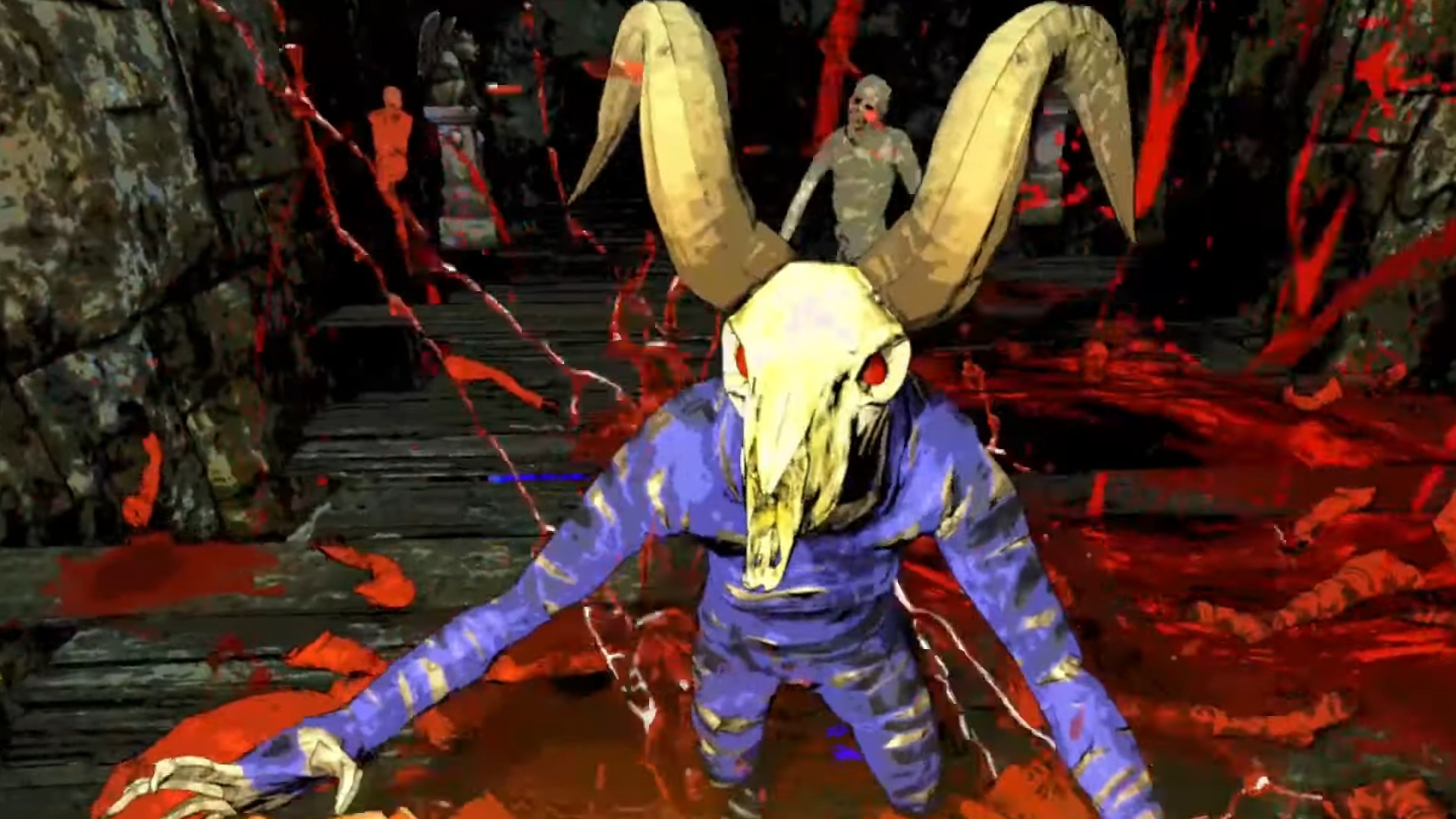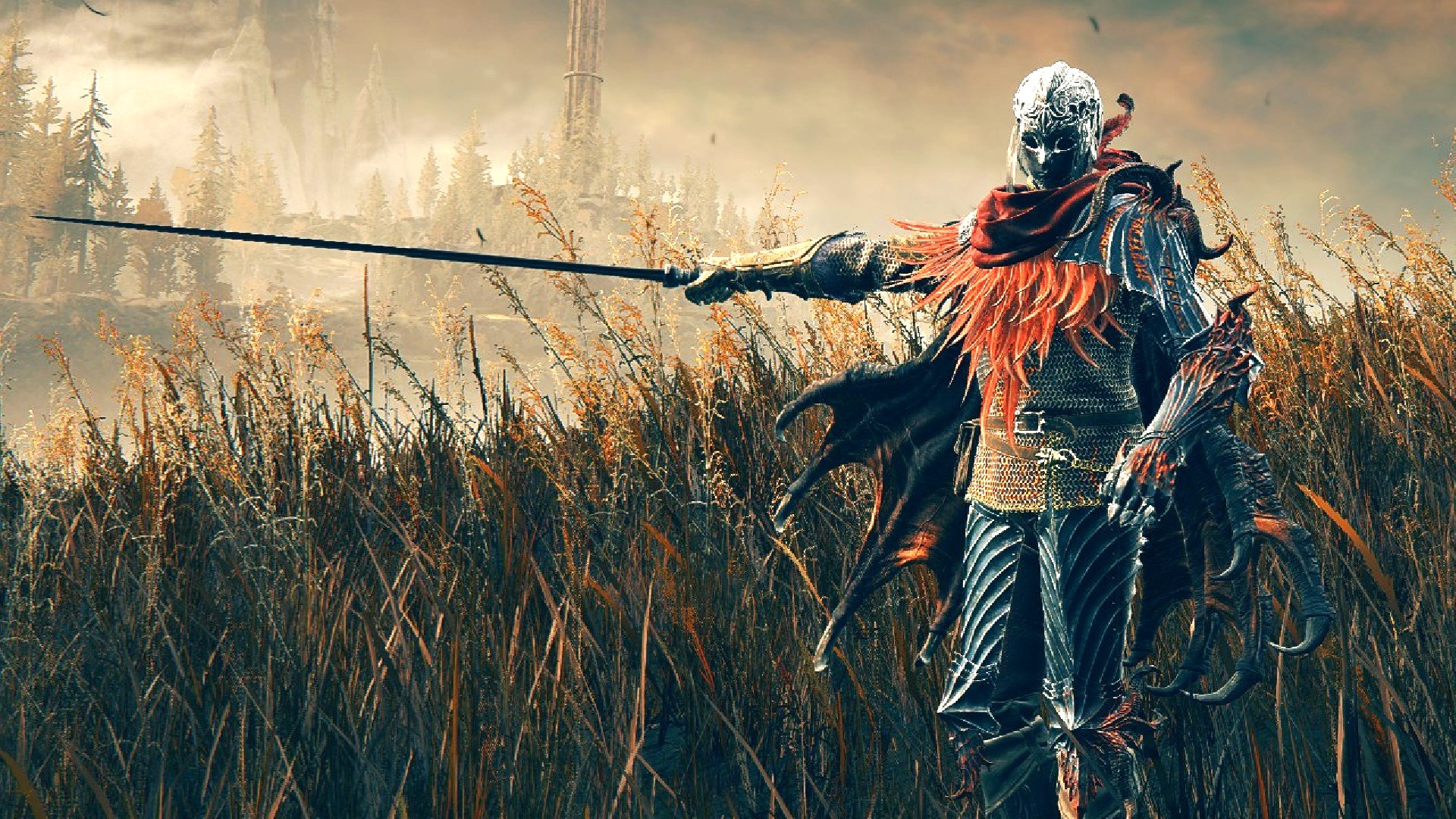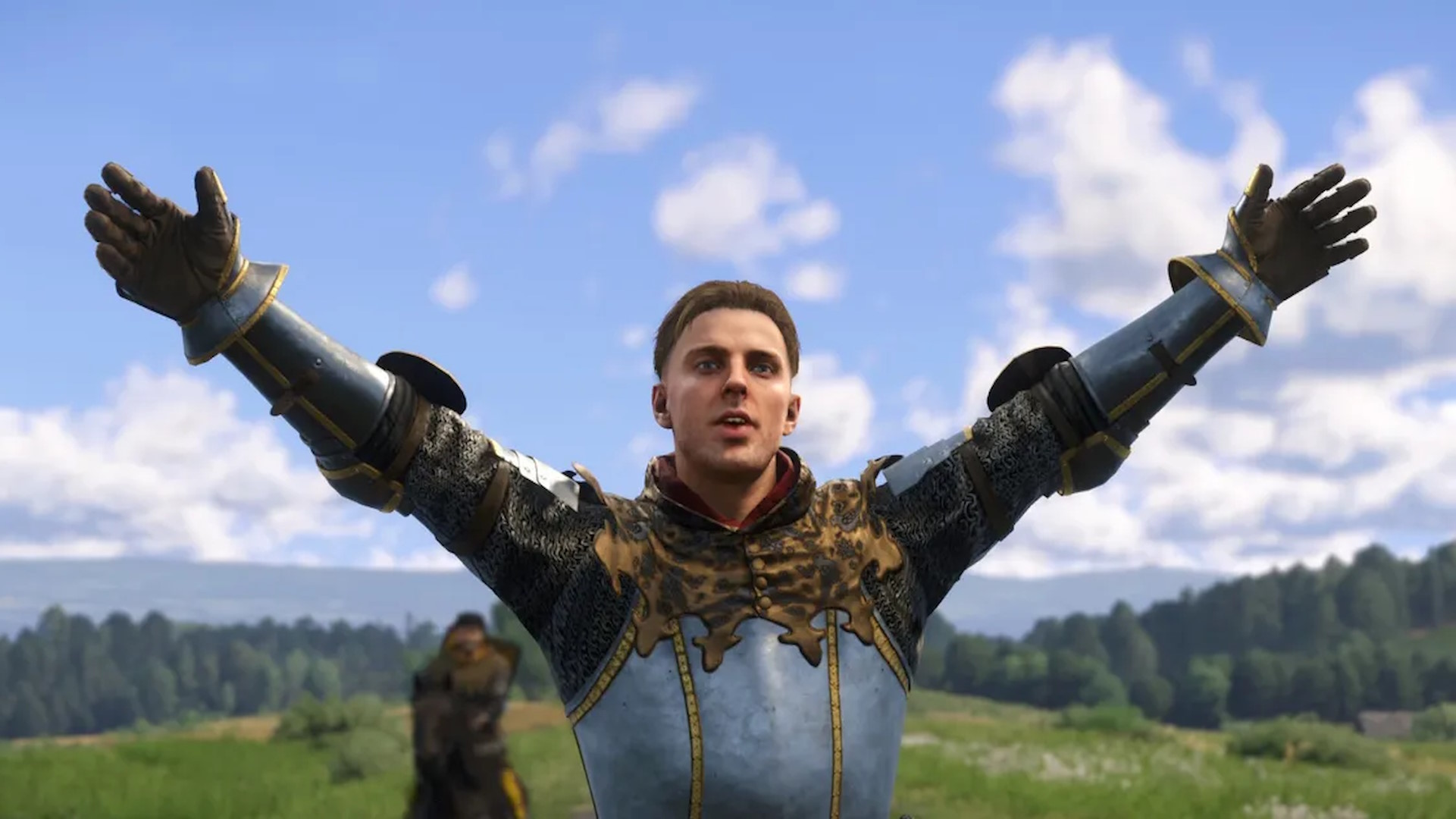
The original Dead Space is a video games classic, and a horror story fondly remembered by many. The tale of one engineer fighting to survive within the gloomy, corpse-filled corridors of a dead mining ship left a lasting impression, and so when it came to the remake developer EA Motive has been careful in how it approached the narrative.
But there are some changes. Just like the remake looks different, it’s also scripted differently. That’s because all teams working on Dead Space had the same goal.
“Overall it was to give the narrative the same kind of glow-up that everything else had,” says Jo Berry, senior writer on Dead Space. “As a player, generally what you want is to have the same feeling again, feel like you’re playing it for the first time. And so some of it was looking at how do we tell this story for people who are newcomers to the series? […] But for veteran players we wanted to give them a little bit of a surprise, of like, ‘Oh this is a little different’. You change that direction very slightly and it can take you to a very different place. So it was kind of that sort of dichotomy between making sure that newcomers feel welcome but also veteran players are going to be kept off guard, because if you’re not off guard you’re not scared.”
The first significant change you’re likely to notice is that Isaac Clarke can now speak. The once-silent protagonist now has a full script, and will chat with both other characters and himself. To ensure Isaac’s new dialogue was as authentic as possible, EA Motive looked at other games in the series in which the character speaks.
“There was a lot of looking at Dead Space 2,” says Berry, “and looking at key scenes. ‘How does he react in this moment? What’s his sense of humor like? How does he react under pressure verbally? What’s his speech pattern like?’ […] And it was just trying to get that personality correct. Trying to make sure that he feels like Isaac, he doesn’t feel like another character. You always just want to have a player character who you want to be, so Isaac is this very smart, savvy guy who’s got empathy for the people around him. He’s got salty language and he’s pretty fun to write actually.”
Our goal was to give the narrative the same kind of glow-up that everything else had.
Rewriting Dead Space’s script offered the writers a chance to improve upon the original’s storytelling. One of the elements the team wanted to better emphasise was the cult-like church of Unitology, which is introduced relatively late into the original game. In the remake, characters begin discussing the church much earlier, which lays the groundwork for its significant role later in the story.
“What I didn’t want to do is write Dead Space where Isaac’s like, ‘What’s the church of Unitology? I’ll go along with them, I’ll trust them’,” says Berry. “Because every veteran player is screaming not to trust Unitologists. So then you end up with a situation at the beginning of Isaac’s like, ‘Yeah, I hate the Church of Unitology’. And then people who are new to the series might be like, ‘Okay, what’s Unitology? That’s interesting’. Veterans would be like, ‘Why does he hate Unitology at this point? Because he obviously has reason later on, but why at this point does he hate Unitology?’. And then unravelling that mystery of why he has that relationship to the church, and what their kind of philosophy is, and why he’s so hostile to the idea. It personalises it, and I think that was something that was kind of a theme going through the script, making everything personal.”
The effort to make everything personal has meant that some scenarios from the original game have been expanded into new, more emotional storylines. Chen, once merely an NPC that was killed in the game’s opening, is now a more important character who demonstrates the true horror of the necromorphs.
“The transformation of Chen makes the Necromorph transition very personal to the crew,” Berry explains. “It means that Necromorph is very personal to Hammond […] So all of this is in the original game, it’s just trying to find those moments and polishing them, just bringing them out just a little bit more. And that’s really all it is, because again all of these seeds are there, it’s just helping them flower.”
Dead Space’s script is not the only thing that pushes forward the narrative. The environment is equally important, and so the hallways, rooms, and decks of the Ishimura spaceship were all designed to tell a story.
“A lot of the original design of the game took a lot of themes from gothic motifs, gothic architecture, as well as a lot of repeated skeletal structure,” reveals Taylor Kingston, an environmental artist on Dead Space. “So that’s where you see the repeated ribbing across the entire thing. That was meant to evoke a bit of a feeling of being inside of a creature, of a skeleton. The Ishimura itself is frequently referred to as a living entity, as though it’s some being that you are inside, and that the Ishimura is sick, and it’s dying, and that’s what you are partially there to try and help.”
Our challenge was, ‘how can we bring a lot more life to these environments?’
In the remake, the power of modern-day consoles and PCs has allowed EA Motive to improve upon the original game’s excellent environmental storytelling.
“We went back, looked at every location, and concepted,” says art director Mike Yazijian. “And our challenge was, ‘how can we bring a lot more life to these environments? How can we make it feel like the crew that lived there, made that their actual day-to-day space?’”
“If you look at Nicole’s office for example, there’s a lot more props and things that talk a little bit more about what she does,” he continues. “If you go into medical areas, it feels more like an actual medical deck than just a generic space, for example. Other areas like hydroponics add a lot more life, more vegetation plants.”
Thanks to its realistic, industrial nature, the Ishimura is littered with all kinds of signage. And, thanks to HD graphics, each is a brand new opportunity to inject even more story into every corridor and crevice.
“Dead Space had so many labels, posters, signs,” says Kingston. “A lot of the stuff in the original game was so low resolution, you couldn’t actually read what was on there. And now that’s the sort of stuff you have to consider, if you put a warning label on the wall, you can walk up to it and read all the individual steps.”
“At one point I worked with our artists, they were like, ‘We have all these papers for The Marker about Unitology, and in the original you can’t read them because they’re too low res at this point. What text do you want on here?’,” recalls Berry. “And it’s trying to think about that because people have got 4K monitors and high res stuff, they can read all this stuff. So I was trying to make sure that when there’s text you can read it makes sense and figures in there.”
On your journey through the Ishimura you’ll find a variety of diaries and audio logs, many of which you may recognise from your original journey through the ship.
“Quite a few of them are very similar or verbatim,” says Berry. “We do have some new ones for various reasons. […] But some of them have actually been translated into AR scenes. For example, in the original game when you go into medical there’s a video log you can pick up from Nicole. When we were looking at that, this seemed like a great candidate for an AR scene where we actually see Nicole trying to save a patient and recording a message saying, ‘Command won’t help us, we’re overwhelmed. We need help. This guy is dying. I need someone to help me’. And again, just personalising it and bringing it out into that moment. And creating this atmosphere as well, it’s almost ghostly seeing these AR figures around the ship.”
Unlike the Final Fantasy 7 remake, Dead Space is not trying to completely reinvent itself. EA Motive’s approach to story is much more akin to that taken by Capcom for Resident Evil 2; it’s an updated, polished take on a story that players know and love. And, from what we’ve seen so far, it promises to make the horror classic just that little bit better.
For more Dead Space, check out how the developers have recreated its iconic guns, and our comparison between the remake and the original game.
Matt Purslow is IGN’s UK News and Features Editor.






